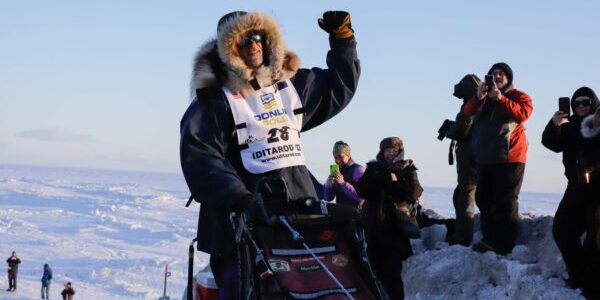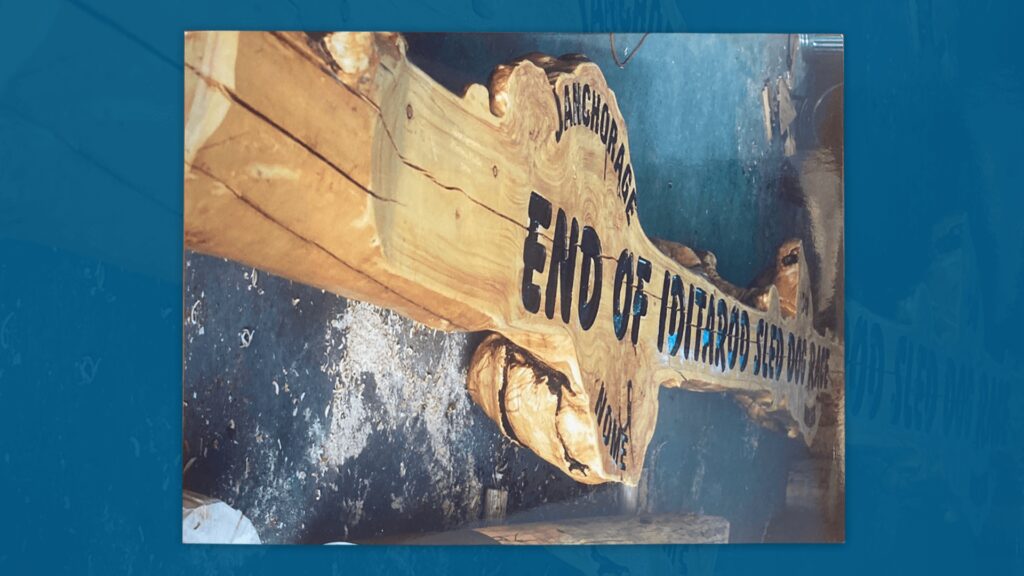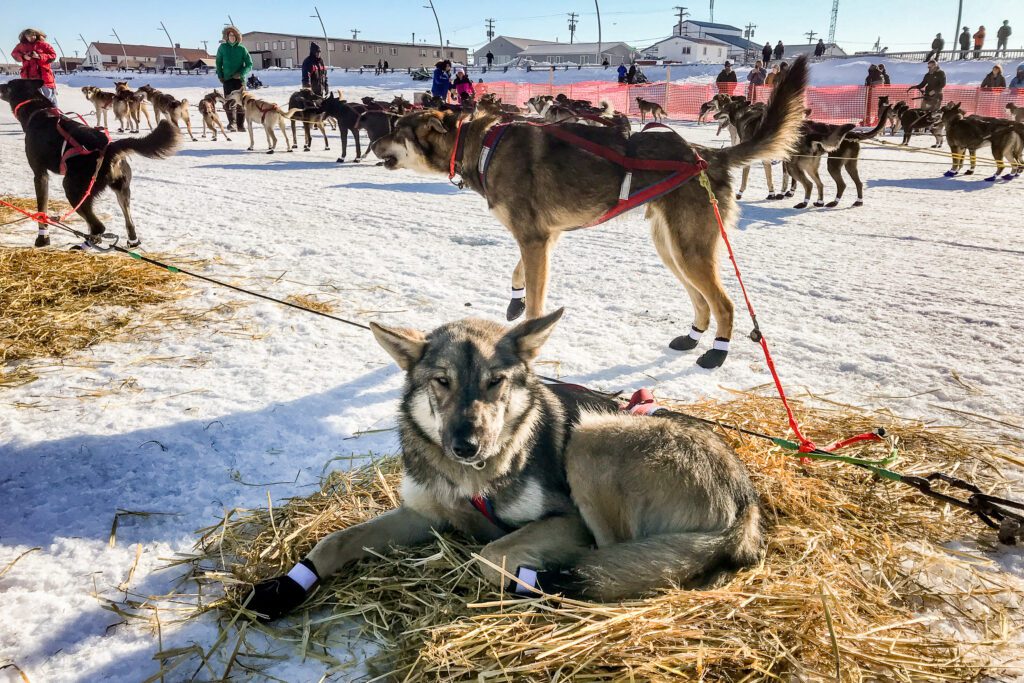Dan Kaduce raced across the finish line in Nome Tuesday evening in fourth, pumping his fist in the air, as the sun started to set over the Bering Sea.
Alaska Public Media’s Lex Treinen reports:
He had just notched his best-ever Iditarod finish. And he still had his entire 14-dog team. He’s the only musher this year who didn’t send at least one dog home from the trail.
“Getting them all here — I’m just crazy proud of them,” he said after pulling in at 8:04 p.m. to a small crowd, including his wife, fellow Iditarod musher Jodi Bailey.
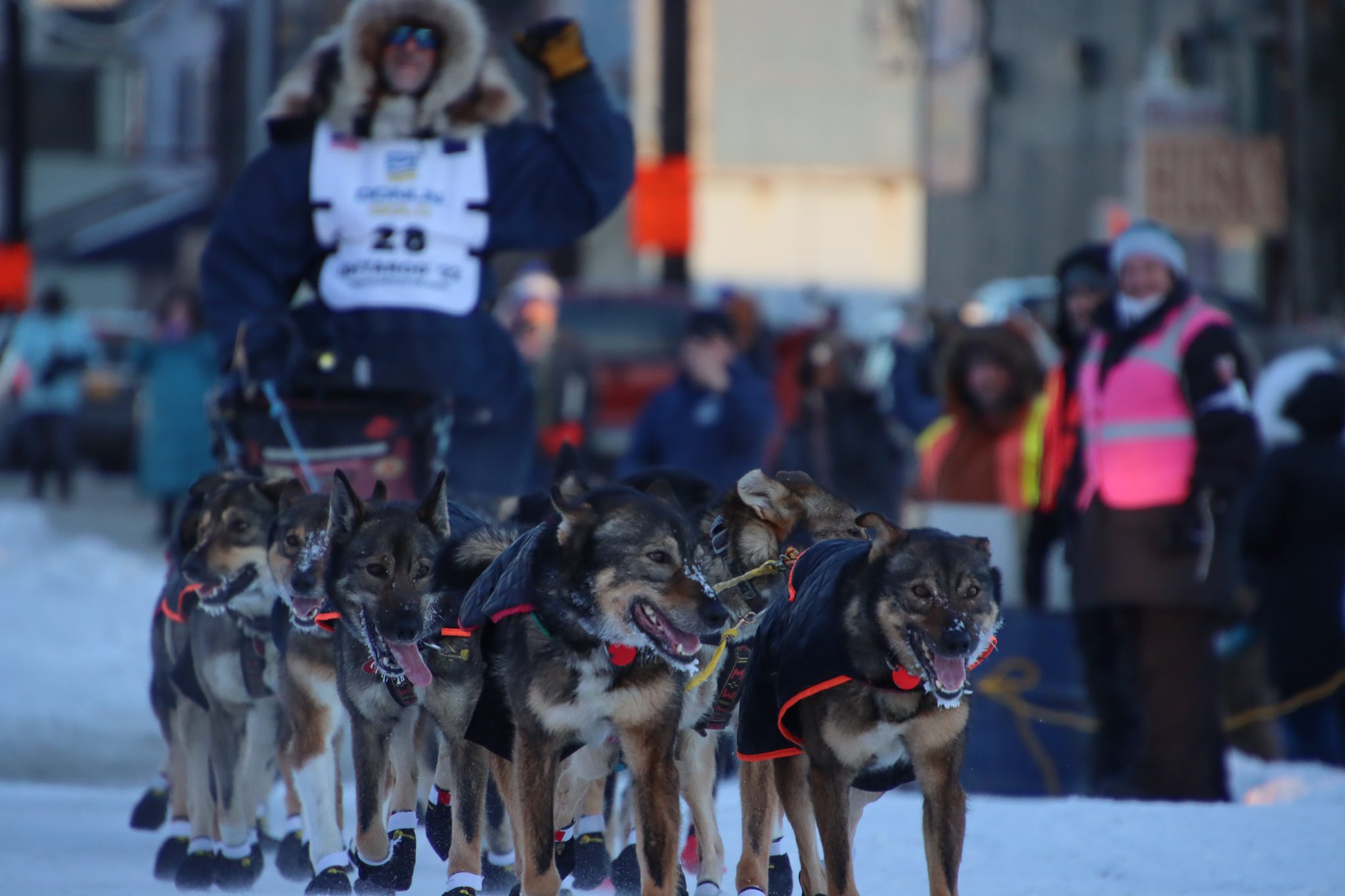
Kaduce and third-place finisher Jessie Holmes fought a tight over miles of trail for third place. Kaduce left White Mountain, with 77 miles to the finish, just 16 minutes behind Holmes. He lost about 10 minutes en route to Nome. Both teams posted some of the fastest run times in the later part of the race.
Kaduce said he thinks he could have had a shot at besting Holmes and his nine-dog team. But that would have required sending some dogs home.
“I could see the speed that he had and for me to try to get with him, I would have needed to drop four or five of my slower dogs,” he said. “I was more interested in getting the full string here.”
Why?
“It’s just not something that happens that often,” he said, “that somebody in a really competitive spot brings a full string.”
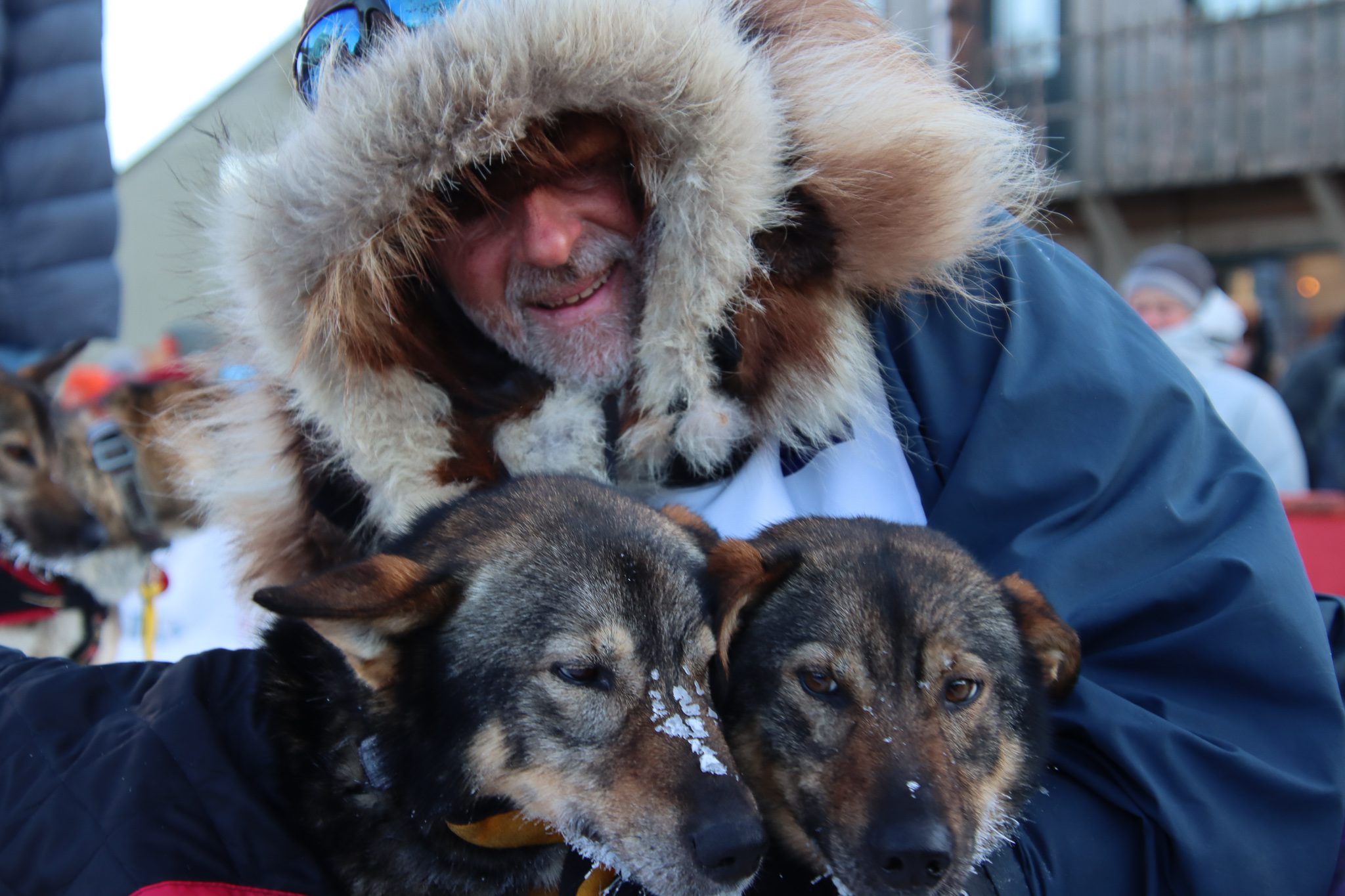
Iditarod Chief Veterinarian Stu Nelson agreed. He said that as far as he can remember, Kaduce’s fourth place is the highest finish of any Iditarod musher with a full team of dogs.
“That’s an incredible accomplishment,” he said. “It’s not the most efficient way to do it with a bigger team.”
That’s because more dogs means more time on dog care at each checkpoint — feeding, massaging muscles, and putting on booties and harnesses.
At the checkpoint in Unalakleet, at race mile 714, Kaduce said he was lucky to avoid any injuries. He said that, like many other mushers, he puts a lot of effort into dog care. He pays extra attention to feeding them.
“If it’s warm out, I try not to feed very much while they’re running — only while they’re resting. If it’s cold, they can get it shoveled at them every two hours,” he said in Unalakleet.
Before Tuesday, Kaduce’s best Iditarod finish was 16th last year.
Holmes also notched his best finish.
He and his dog team dashed into Nome 25 minutes before Kaduce, seizing third place. His prior best finish was 7th in 2018, his first Iditarod.

Both Holmes and Kaduce raced conservatively at first this year.
Holmes was at the back of the top 10 until about halfway through the race, when he exploded with fast run times between checkpoints down the Yukon River.
“There’s an old saying about racing that I’ve heard,” he said. “If you race like you’re gonna be in the top 20 you’ll end up in the top 10. So I guess we applied it a little bit further. “
Kaduce’s speed was a result of an even more conservative racing strategy than Holmes. He lingered around 20th place at about a third of the way into the race.
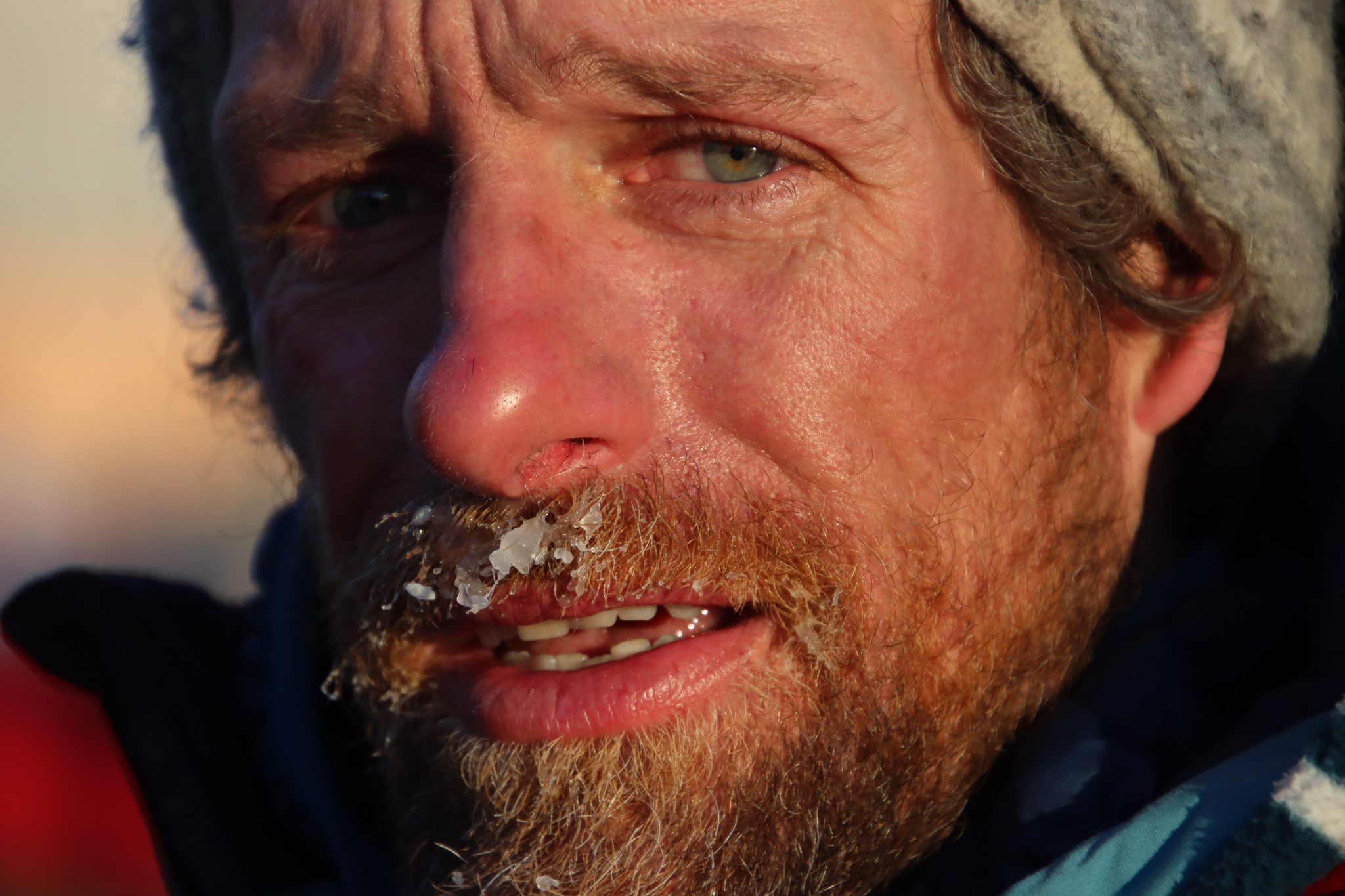
Both mushers almost had their personal best finishes thwarted near the Bering Sea coast.
Brent Sass and Dallas Seavey got stuck in a storm near Shaktoolik. Locals warned the teams chasing them, Kaduce and Holmes included, that the 50 mph winds on the next leg would be horrific.
Kaduce said he saw a musher preparing to brave the ice, and got ready to follow.
“I just started getting ready and left. And actually a few mushers got out before me,” he said. “But the speed that we had at that point really, really did us some favors.”
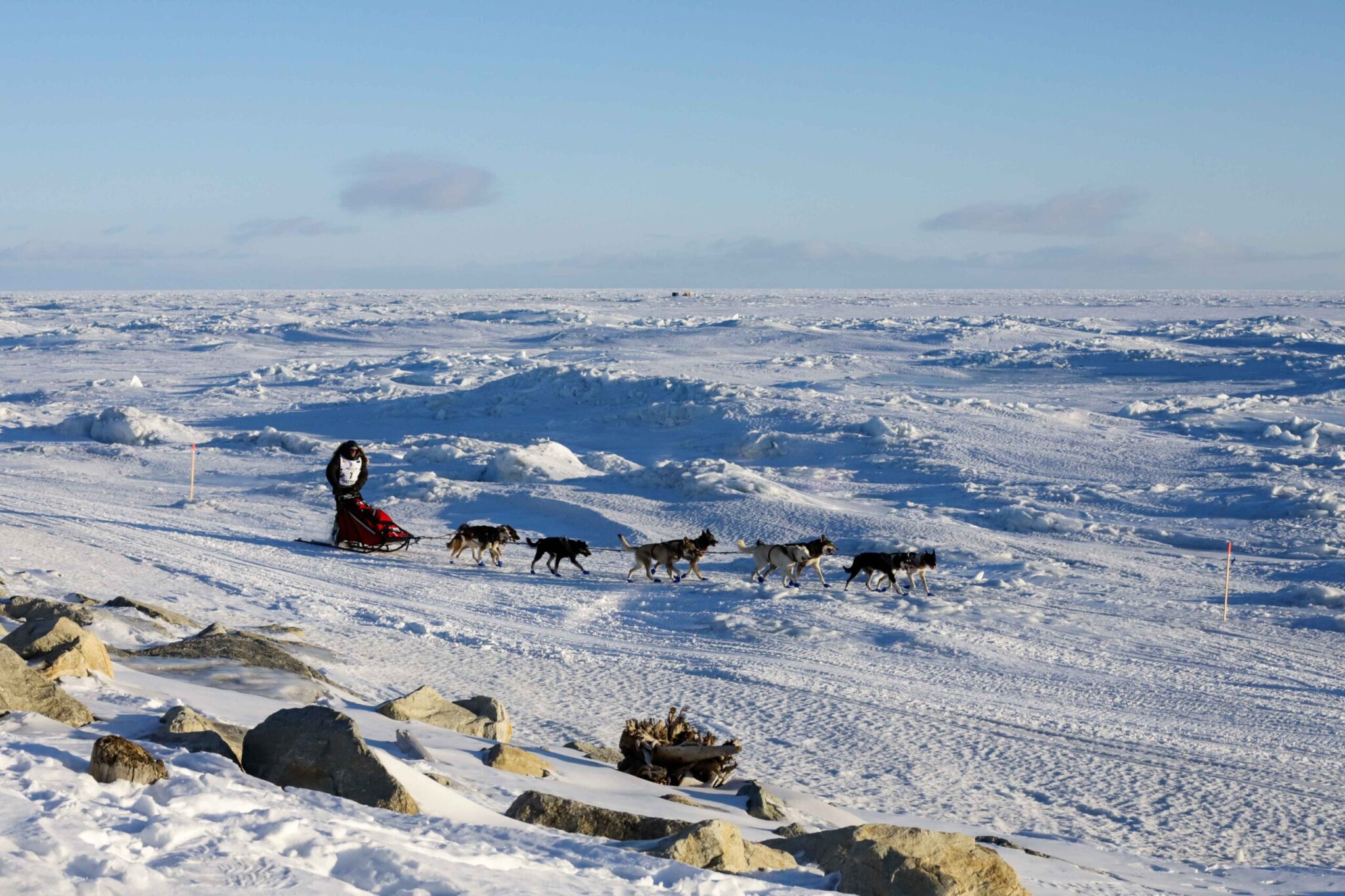
Holmes was among the mushers bedded down for the night. In the morning, when the storm subsided, he woke to find many teams already gone.
“Everybody ditched me,” he said with a laugh. “They kind of got out of there early. And we were all supposed to go together”
His speedy team managed to catch and pass the teams that left Shaktoolik before him.
At the finish line in Nome, he praised his dog team, which he said is still young. He said he’s excited to see how they do next year.
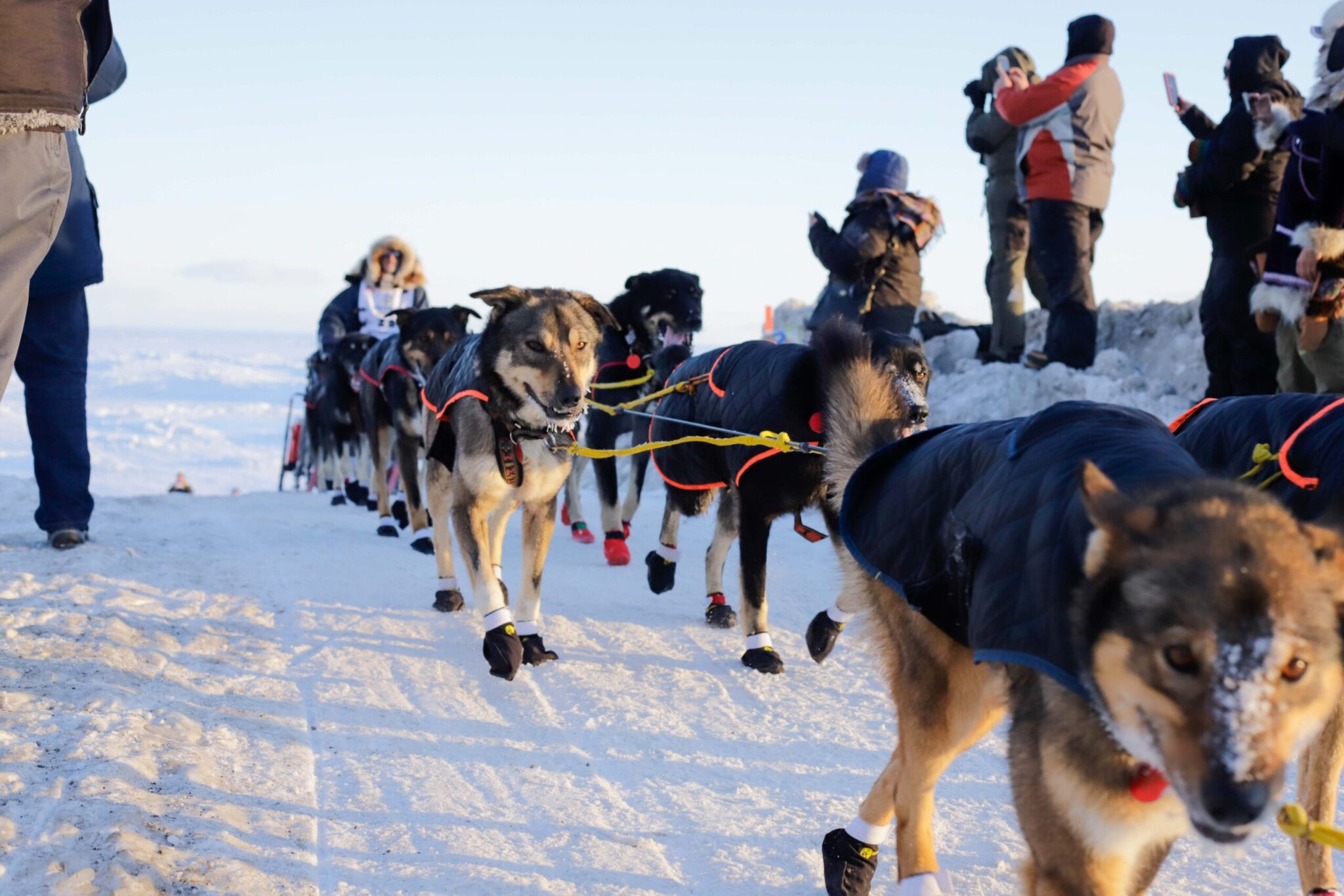
Image at top: Iditarod musher Dan Kaduce reaches Nome and heads for the Iditarod finish line on Tuesday. (Jeff Chen/Alaska Public Media)




